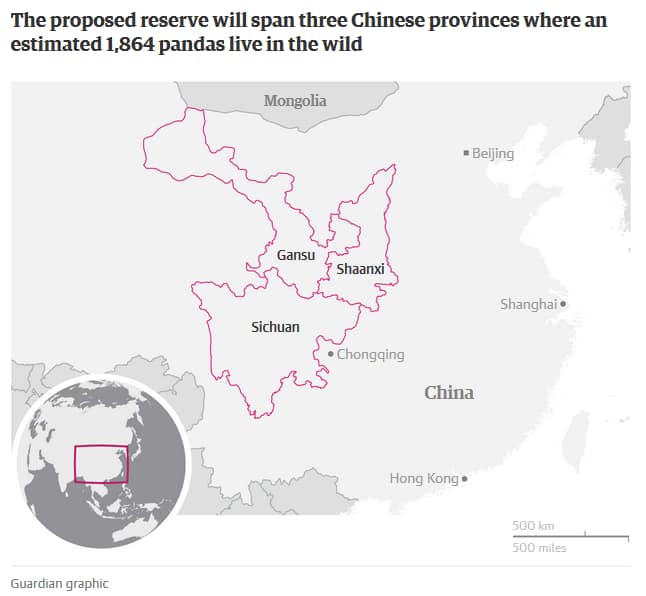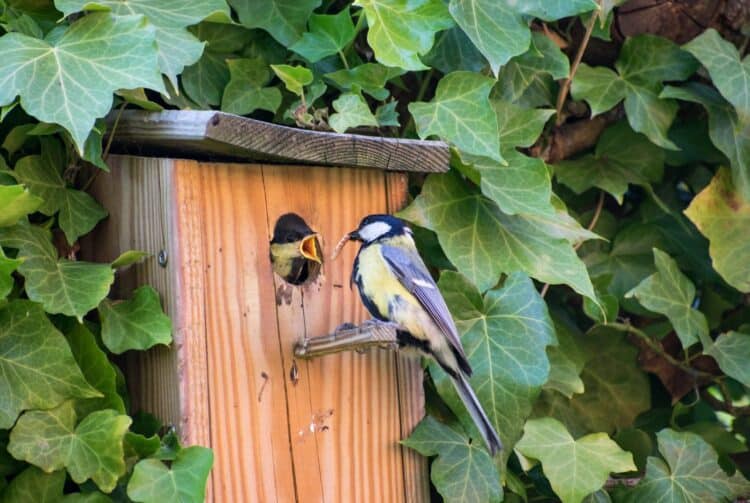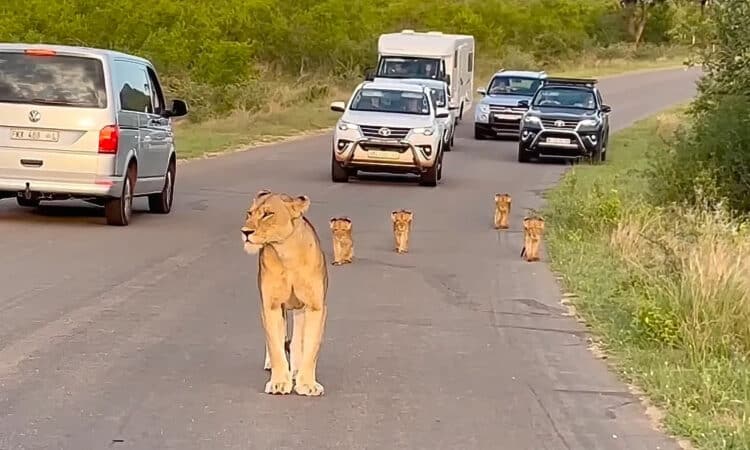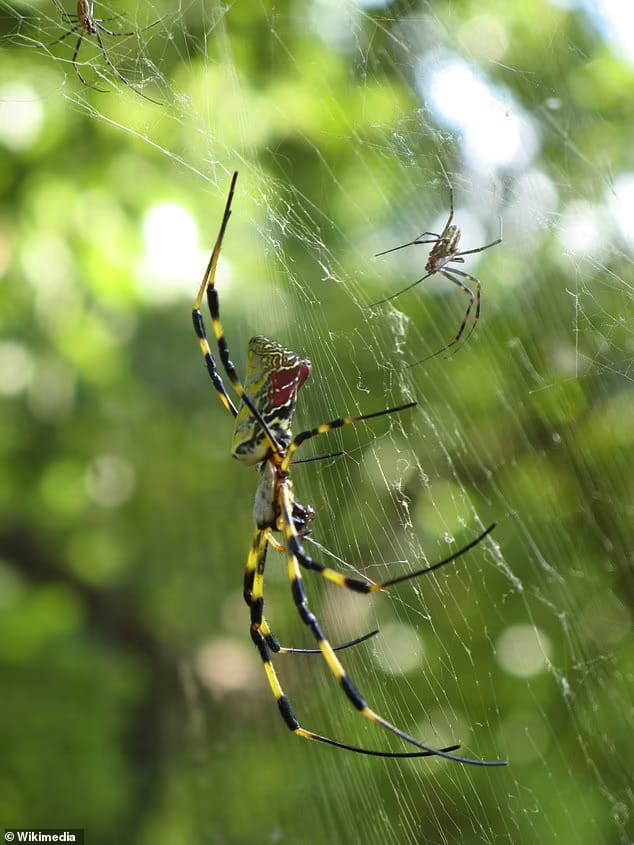China is planning to create a giant panda reserve three times the size of Yellowstone national park in the US, as part of efforts to boost the wild population of the long-endangered animal.
The 10,476 sq mile (27,134 sq km) area will link up 67 existing panda reserves on six isolated mountain ranges. It is hoped the “merger” will help the pandas mingle and mate, thus enriching the gene pool, the state news agency Xinhua reported.
The International Union for Conservation of Nature (ICUN) reclassified the giant panda last year from endangered to vulnerable, after their numbers rose by 17% between 2003 and 2013.

An estimated 1,864 pandas live in the wild, where the main threat is habitat loss; China wants to increase the number to 2,000 by 2025.
As well as the giant panda, the national park will help protect 8,000 endangered animals and plants, Xinhua said.
It will also ensure one authority is responsible for protecting pandas across the Gansu, Shaanxi and Sichuan provinces in south-central China, which the park straddles. At the moment the animals fall under different jurisdictions when they cross boundaries.
“It will be a haven for biodiversity and provide protection for the whole ecological system,” Hou Rong, the director of the Chengdu Research Base for Giant Panda Breeding in Sichuan province, told Xinhua. “Many scientists and conservation experts support the building of a national park.”

The giant panda population has increased recently through a combination of breeding, reintroduction of animals to the wild and creation of national parks. But the ICUN has warned that the gains could be reversed by climate change, which is predicted to wipe out more than a third of the animal’s habitat over the next 80 years.
The new reserve will join eight other national parks aimed at protecting endangered species and the ecology of land lying at the headwaters of major rivers, such as the Yellow and Yangtse.
Around 200 pandas live in captivity and there has been some success in increasing the number in zoos, but there have been concerns about in-breeding.
Last year, 64 cubs were born and 54 survived in nature reserves and zoos, according to the State Forestry Administration.
In 2003, the China Conservation and Research Center for the Giant Panda started the reintroduction programme which has led to seven being moved to the wild, although two have died.
David Wildt, a senior scientist from the Smithsonian’s conservation biology institute, said: “Past experience has told us how much a national park can do for a country’s environment and ecology.
“I am delighted to see China’s breakthrough in panda breeding and reintroduction programmes. But it’s time to test if these measures work out in the new system of national parks.”
The proposal may be less popular among the 170,000 people living in Sichan that Xinhua says will have to be moved to accommodate the park. Although many families have lived in these areas for generations, the threat they pose by bamboo harvesting and livestock grazing are deemed to necessitate their removal.
Hou, who said he first suggested the idea in 2014, attempted to cushion the blow to residents by saying they would be offered new homes and potentially work, building infrastructure or as tourist guides.
Forced removals are a sensitive topic in China, where decades of rapid urbanisation have forced millions of people from rural land to make way for roads, factories and high-rise apartment blocks. The 2008 Beijing Olympics alone was blamed for the forced evacuation of 2 million people to make way for infrastructure.
This article was first published by The Guardian on 31 Mar 2017.






Leave a Reply